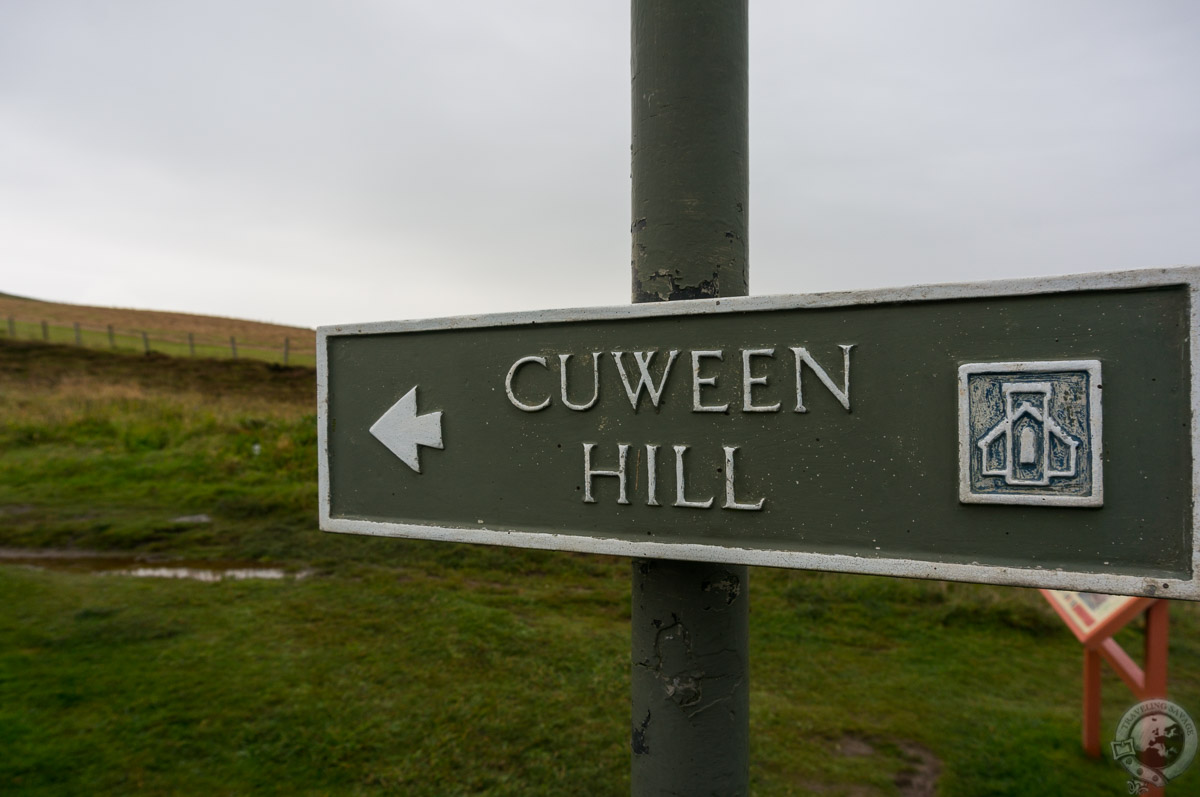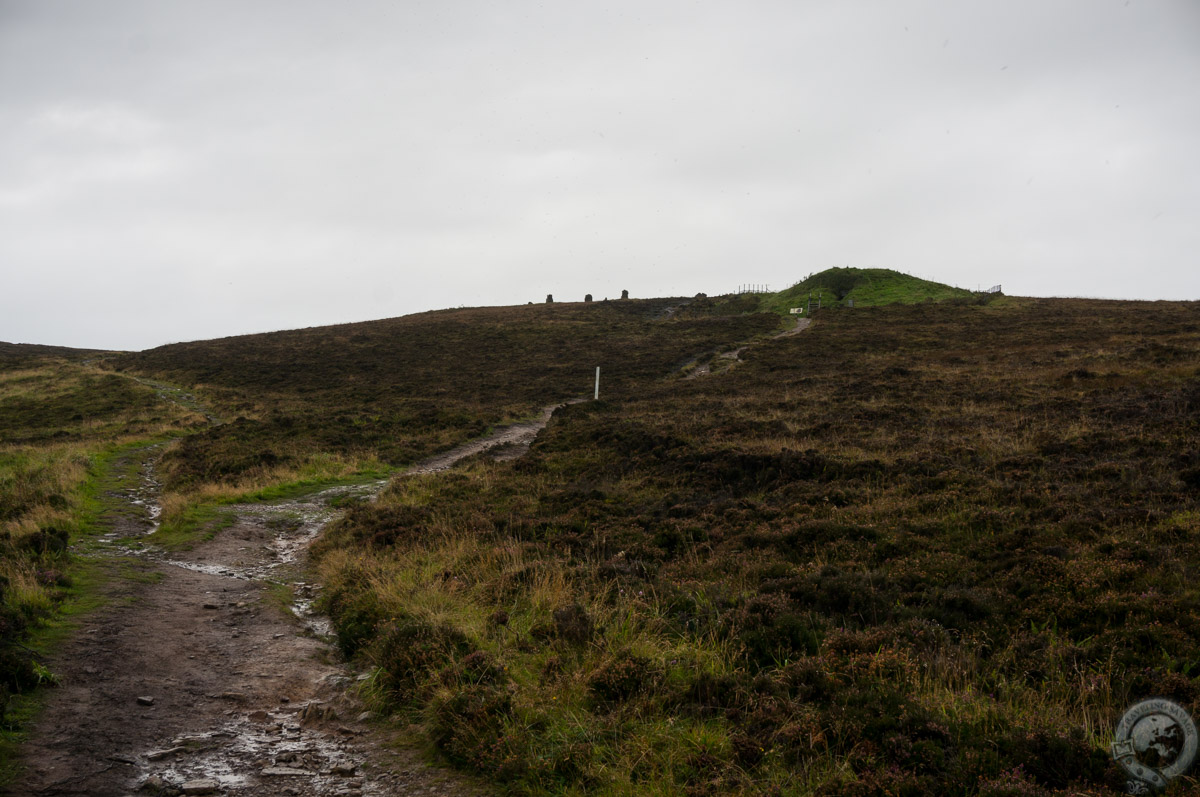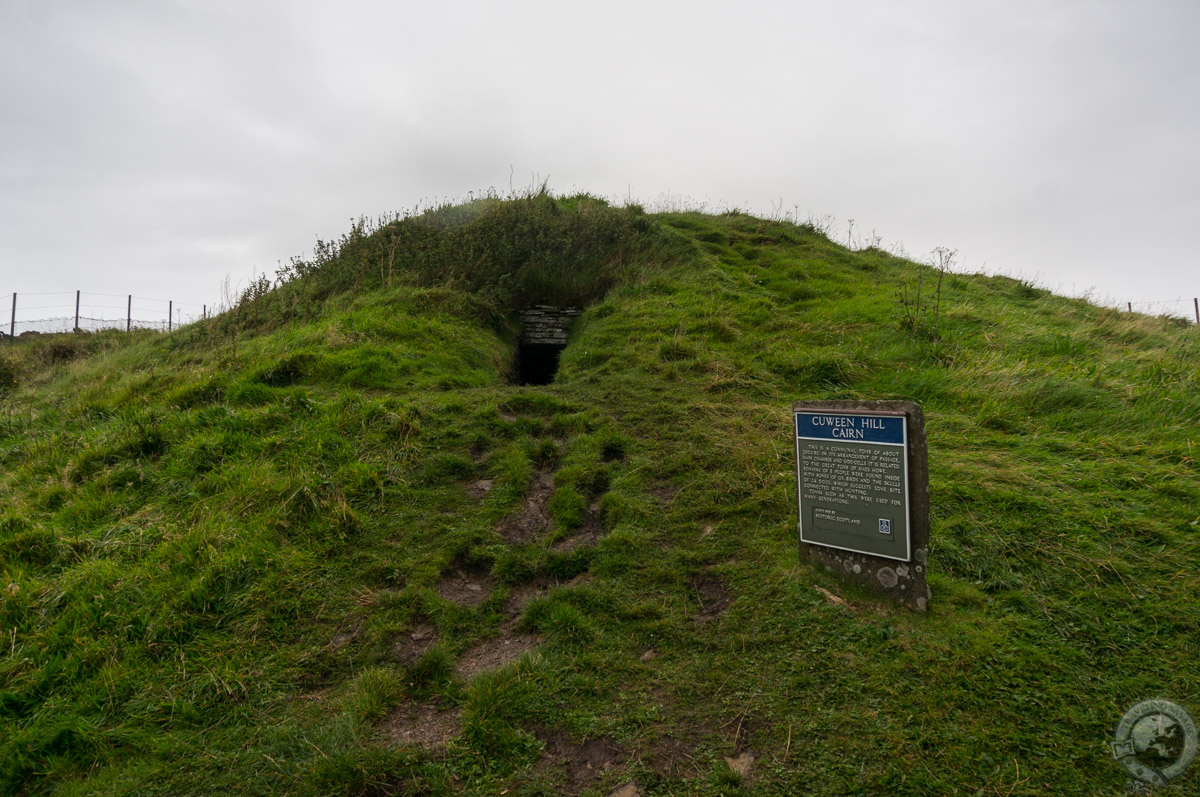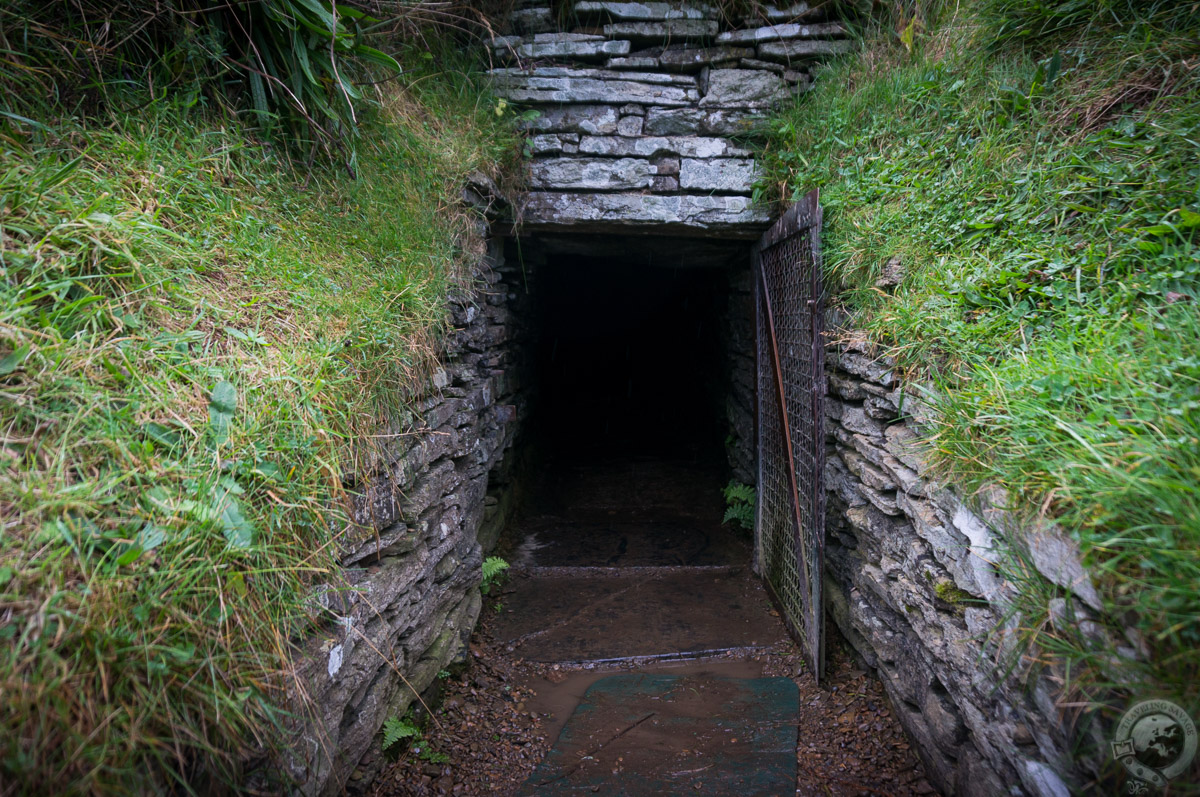Orkney’s archaeology is endlessly fascinating. This far-flung archipelago is home to structures that are 5,000 years old, like Cuween Hill Chambered Cairn, and mostly hidden beneath tons of verdant grass and weighty sod.
So many questions arise. What was life like here in 3,000 BC? Why are there so many ancient structures preserved here and not elsewhere? What is the significance of these sites’ orientation to major astronomical events like the solstices and equinoxes? There are no easy answers, but each ancient site found, excavated, and studied locks in another piece of the puzzle.
I’ve spent quite a bit of time on Orkney as a visitor over the last decade, often staying in crofts between Kirkwall and Stromness, and I’d somehow missed a quirky little cairn right on my doorstep: Cuween Hill Chambered Cairn.
The chambered cairn at Cuween is one of those Orcadian sites with informational boards and a few signs, but little else: No ticket office, no on-site guide or docent, no barriers to immersing yourself in ancient history. It says a lot about my worldview, but I find it incredible that places like this exist in the world unmolested. I tip my hat to all you respectful Orcadians and visitors.
Cuween Hill stands up a small road just off the main Kirkwall-Finston path, and the cairn is cut into the bedrock, situated at the top of one of the Mainland’s higher points with views over the Bay of Firth to Orkney’s northern isles. The name ‘Cuween’ is a recent corruption of older names stemming from Old Norse, which meant ‘cattle pasture.’ A neolithic farming settlement dubbed Stonehall once existed in the valley below Cuween Hill, and the current belief is that the cairn was used for the burial of the settlement’s high status individuals.
The Cuween Hill cairn was probably rediscovered in the 19th century by romantics ill-equipped to access such an ancient structure without doing damage. The proof is usually in the roof, for these same tomb raiders damaged the cairn’s original roof, which must have been quite high as the replacement still stands over two meters tall inside the cairn. Official excavation of the cairn began in 1901, and they found the cairn carefully sealed, which could mean the community stopped using it or simply sealed it in between uses. We don’t know.
Cuween Hill’s chambered cairn is essentially a miniature version of the famous Maeshowe, which is part of the UNESCO World Heritage Site the Heart of Neolithic Orkney, with small chambers leading off a main room. Inside the cairn excavators found the remains of at least eight humans and 24 dog skulls. The reasoning behind the burial of dog skulls is left to the world of theory and imagination. Were the dogs guardians of the dead? Totem animals? Simply the favored pets of those interred? Again, we don’t know.
The passage leading into Cuween Hill’s chambered cairn is pitch black, low, and narrow. Maybe a little spooky, too. The day was wet and muddy and Sarah and I had the cairn to ourselves. A low wheeze seemed to emanate from that passage, as if the earthen mound was exhaling some pent-up spirits. It’s not hard to see why local people believe such mounds were the homes of fairies and trows. In fact, Cuween Hill is sometimes referred to as the Fairy Knowe for this reason.
The interior of Cuween Hill’s cairn was pitch black and ill-suited to photos, but we paused in the deathly silence and my mind wandered to what experiences were written into these incredibly ancient stones. There’s a different energy in such places, a subtle force pressing out of the darkness.
Cuween Hill exemplifies what I love about the Orkney Islands: Ancient places, respectfully excavated and maintained, and not kept at arms’ length. You are welcome to get near them. As tourism to Orkney increases this golden age might end — not everyone is so respectful of the ancient places of the earth.




